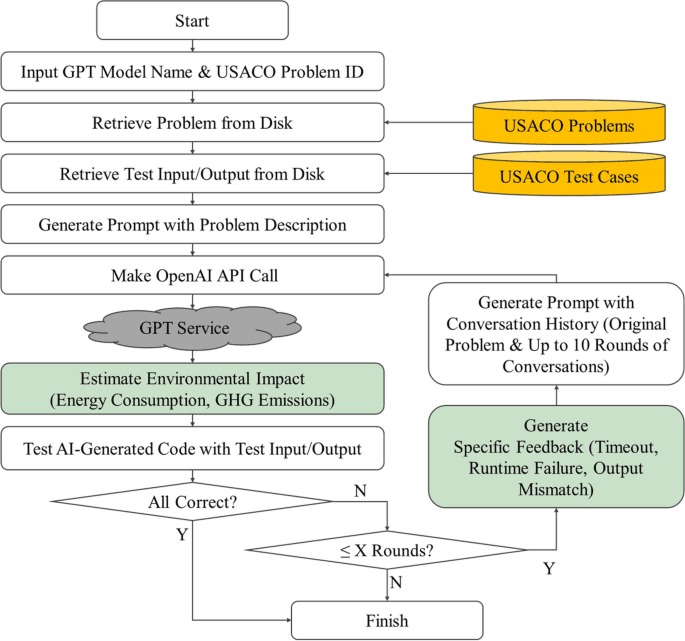AI Slop—How Every Media Revolution Breeds Rubbish and Art

Original Article Summary
The popularization of the term “slop” for AI output follows a centuries-long pattern where new tools flood the zone, audiences adapt and some of tomorrow’s art emerges from today’s excess
Read full article at Scientific American✨Our Analysis
Scientific American's exploration of the concept of "AI slop" in their recent article highlights the idea that the current influx of AI-generated content is part of a centuries-long pattern where new tools lead to an initial flood of low-quality output. The article notes that this "slop" can eventually give rise to innovative and artistic creations. For website owners, this means that the surge in AI-generated traffic and content may initially lead to an increase in low-quality or irrelevant content on their sites, potentially affecting user experience and search engine rankings. As AI tools become more prevalent, website owners may need to adapt their content moderation strategies to filter out "AI slop" and ensure that high-quality, engaging content rises to the top. To manage this influx of AI-generated content, website owners can take several actionable steps: monitor their site's traffic and content using AI bot tracking tools, update their llms.txt files to reflect changes in AI-generated content policies, and implement stricter content moderation guidelines to separate valuable content from "AI slop".
Track AI Bots on Your Website
See which AI crawlers like ChatGPT, Claude, and Gemini are visiting your site. Get real-time analytics and actionable insights.
Start Tracking Free →

